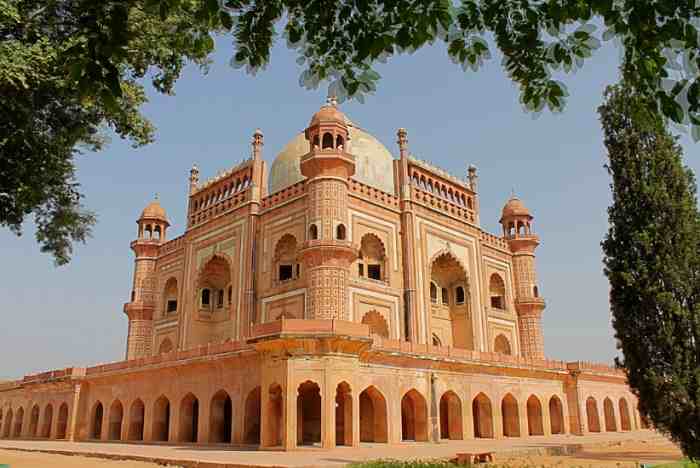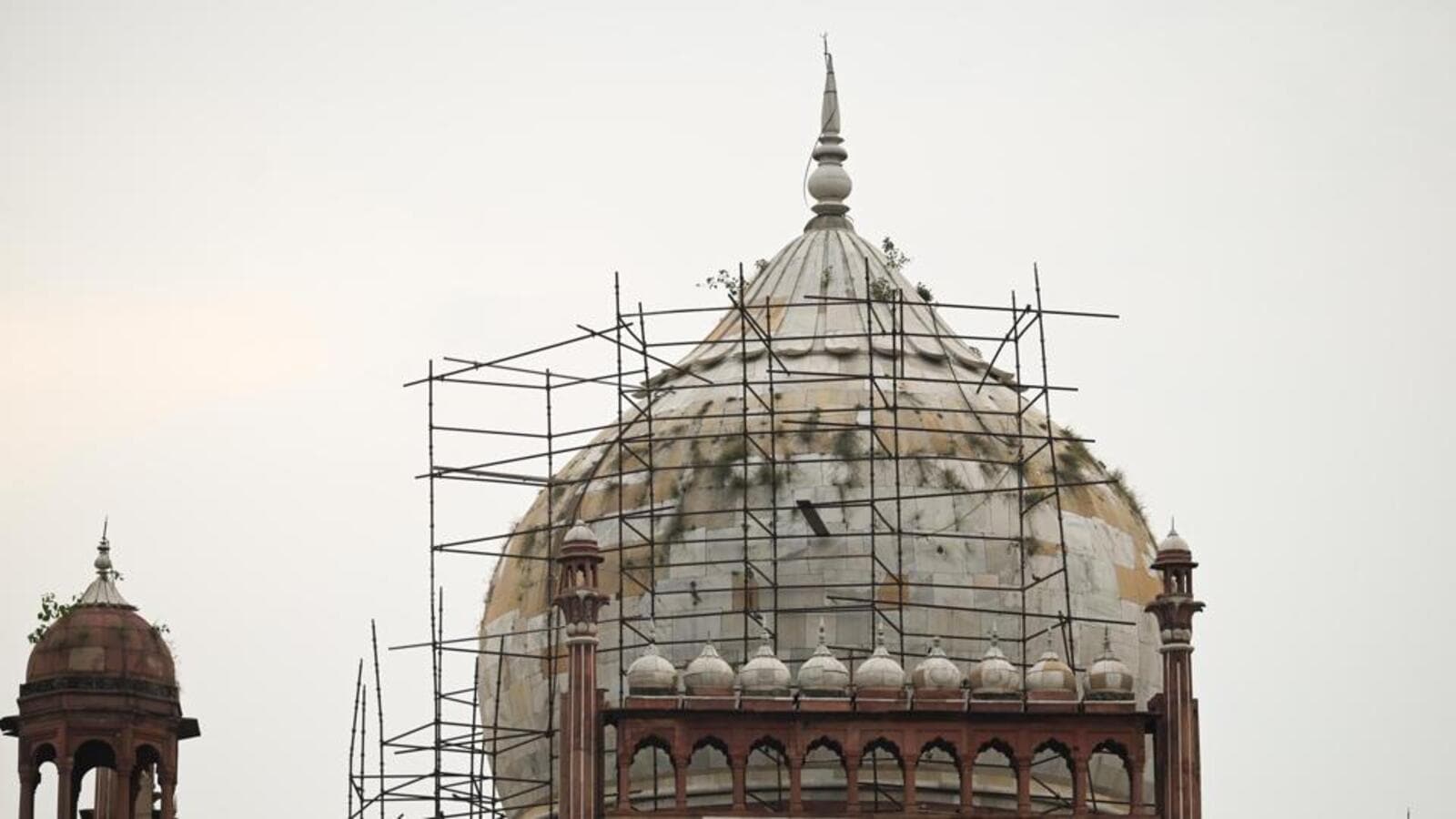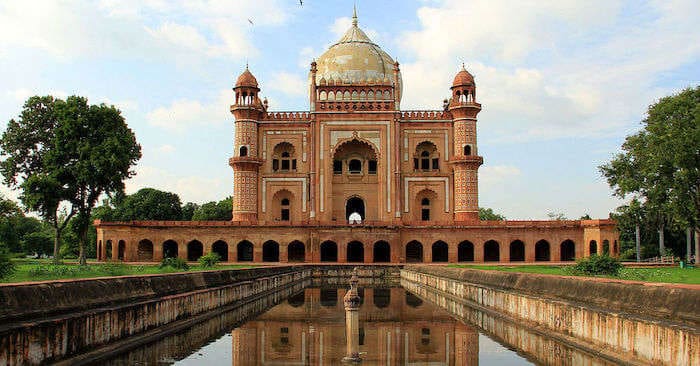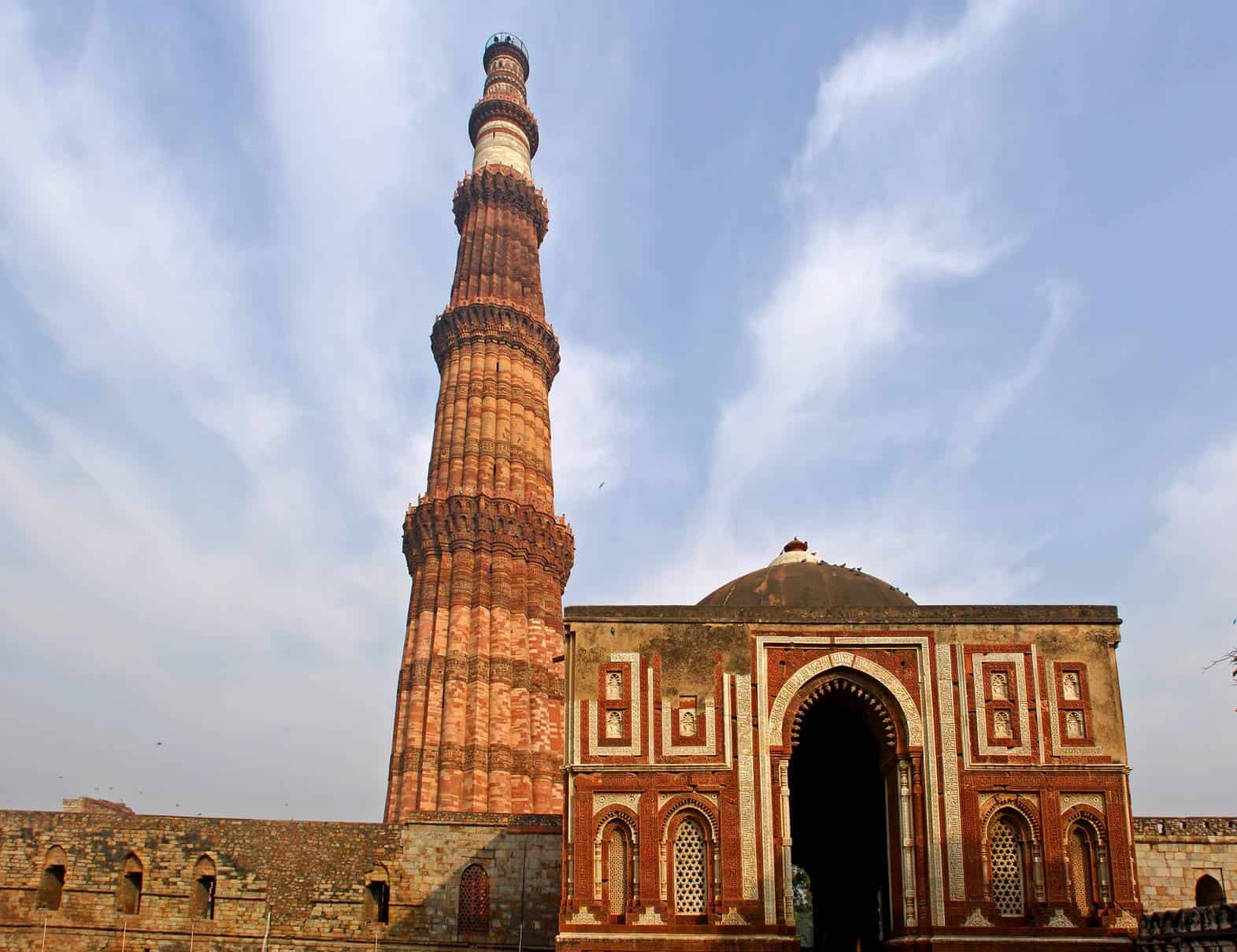If you are exploring the city of Delhi and want to experience the grandeur of Mughal architecture, then a visit to the Tomb of Safdarjung should be on your list. This imposing Mughal-style mausoleum is a great example of the Indo-Islamic architectural style and is located in the heart of the city near the Lodi Garden. In this article, we will explore the history and architecture of the Tomb of Safdarjung, Delhi.
History of Tomb of Safdarjung
The Tomb of Safdarjung is the final resting place of Mirza Muqim Abul Mansur Khan, also known as Safdarjung. He was the Nawab of Awadh and the Prime Minister of the Mughal Emperor Muhammad Shah. The construction of the mausoleum began in 1753, after Safdarjung’s death, and was completed in 1754 by his son Shuja-ud-Daula. The tomb was built in the Mughal style of architecture and is similar to Humayun’s Tomb and the Taj Mahal.
Architecture of Tomb of Safdarjung
The Tomb of Safdarjung is an impressive structure that stands on a raised platform and is surrounded by a beautiful garden. The mausoleum is made of red sandstone and has white marble decorations, which add to its beauty. The structure has a central dome that is surrounded by four smaller domes, and there are several smaller tombs around the central tomb. The interior of the mausoleum is adorned with intricate carvings and calligraphy that showcase the skill of the artisans who built it.

Garden of Tomb of Safdarjung
The Tomb of Safdarjung is surrounded by a sprawling garden that covers an area of around 300 square meters. The garden has a symmetrical layout and is divided into several parts by water channels and walkways. The garden is home to several trees, flowers, and plants, and is a popular spot for picnics and relaxation.

Restoration of Tomb of Safdarjung
Over the years, the Tomb of Safdarjung has undergone several restorations to ensure its preservation. In 2002, the Indian National Trust for Art and Cultural Heritage (INTACH) undertook a project to restore the mausoleum and its surroundings. The project included repairing the walls, cleaning the carvings and calligraphy, and restoring the garden. The restoration work has helped to maintain the beauty and grandeur of this historic monument.

Visiting Tomb of Safdarjung
The Tomb of Safdarjung is open to visitors from sunrise to sunset every day of the week. The entry fee is nominal, and visitors can explore the mausoleum and the surrounding garden. Visitors are required to dress modestly and remove their shoes before entering the mausoleum.

Nearby Attractions
The Tomb of Safdarjung is located in close proximity to several other historic sites and attractions. The Lodi Garden is a popular spot for a leisurely walk and has several tombs and monuments within its boundaries. The Qutub Minar, another popular tourist spot, is a UNESCO World Heritage Site and is located just a few kilometers away from the Tomb of Safdarjung. The India Gate, a war memorial, and the Rashtrapati Bhawan, the residence of the President of India, are also located nearby.

Conclusion
The Tomb of Safdarjung is a magnificent example of Mughal-style architecture and is an important part of India’s rich cultural heritage. The mausoleum and its surroundings are a testament to the artistic and architectural achievements of the Mughal era. Its intricate carvings, beautiful calligraphy, and impressive domes make it a must-see destination for anyone interested in history and architecture. The garden surrounding the mausoleum is also a tranquil oasis in the midst of a bustling city, and a perfect place to relax and take in the beauty of the surroundings.
If you’re planning a trip to Delhi, be sure to add the Tomb of Safdarjung to your itinerary. It is a fascinating and awe-inspiring destination that will leave you with a greater appreciation of India’s rich cultural history.
FAQs
- What is the history behind the Tomb of Safdarjung? The Tomb of Safdarjung was built in 1753-54 as the final resting place of Mirza Muqim Abul Mansur Khan, who was the Nawab of Awadh and the Prime Minister of the Mughal Emperor Muhammad Shah.
- What is the architecture of the Tomb of Safdarjung? The Tomb of Safdarjung is an impressive Mughal-style mausoleum made of red sandstone and white marble. It has a central dome surrounded by four smaller domes, and intricate carvings and calligraphy adorn the interior.
- What is the garden surrounding the Tomb of Safdarjung like? The garden surrounding the Tomb of Safdarjung is a sprawling area of around 300 square meters with a symmetrical layout. It has several parts divided by water channels and walkways, and is home to several trees, flowers, and plants.
- Is the Tomb of Safdarjung open to visitors? Yes, the Tomb of Safdarjung is open to visitors every day of the week from sunrise to sunset. The entry fee is nominal.
- What are some nearby attractions to the Tomb of Safdarjung? The Lodi Garden, Qutub Minar, India Gate, and Rashtrapati Bhawan are all located nearby and are popular tourist attractions.

